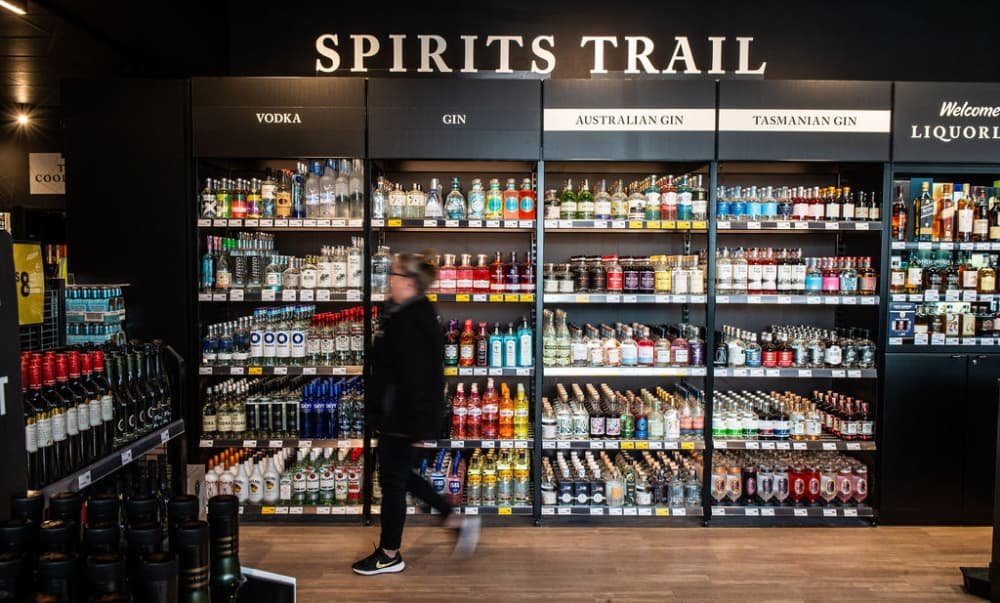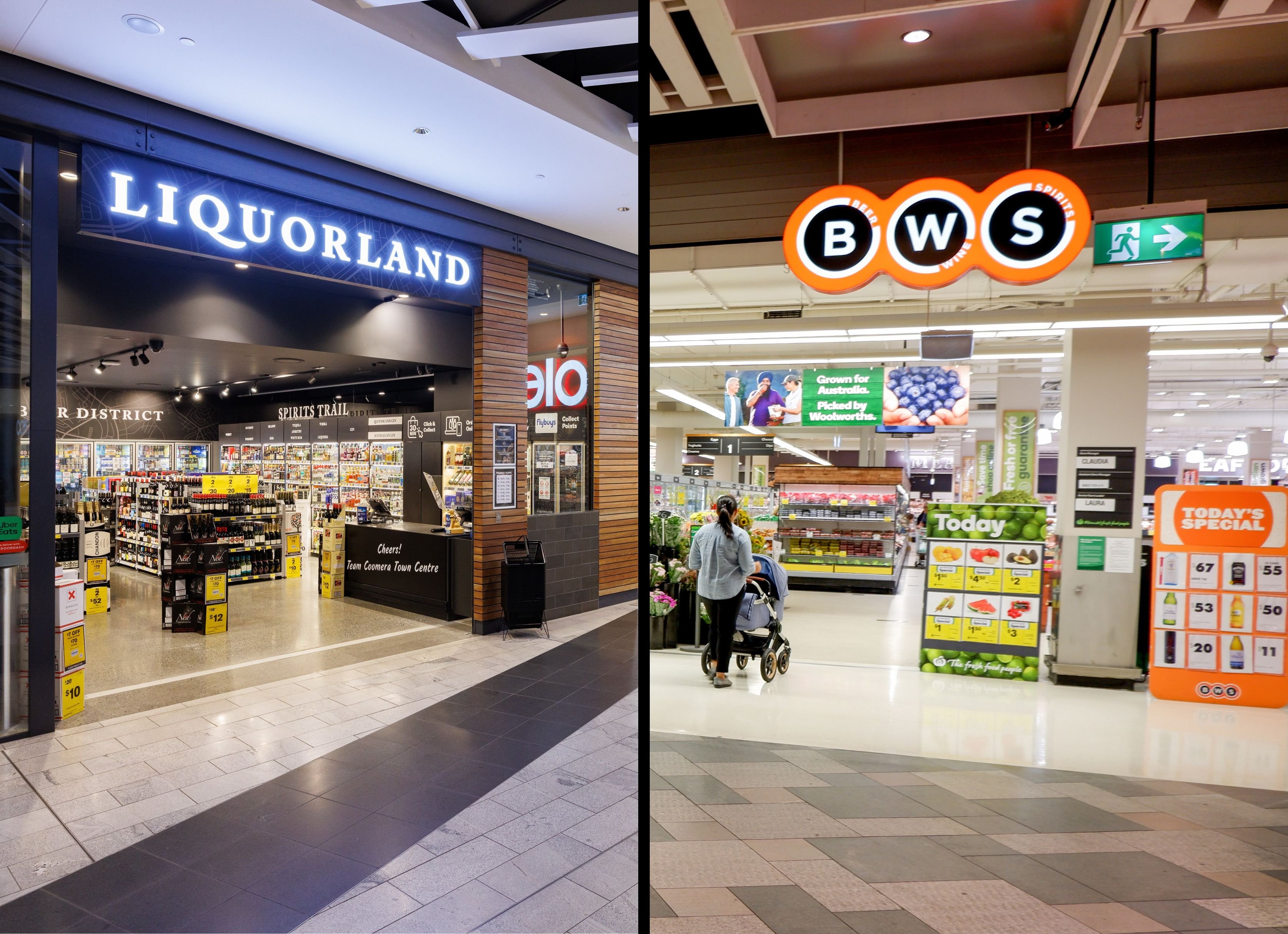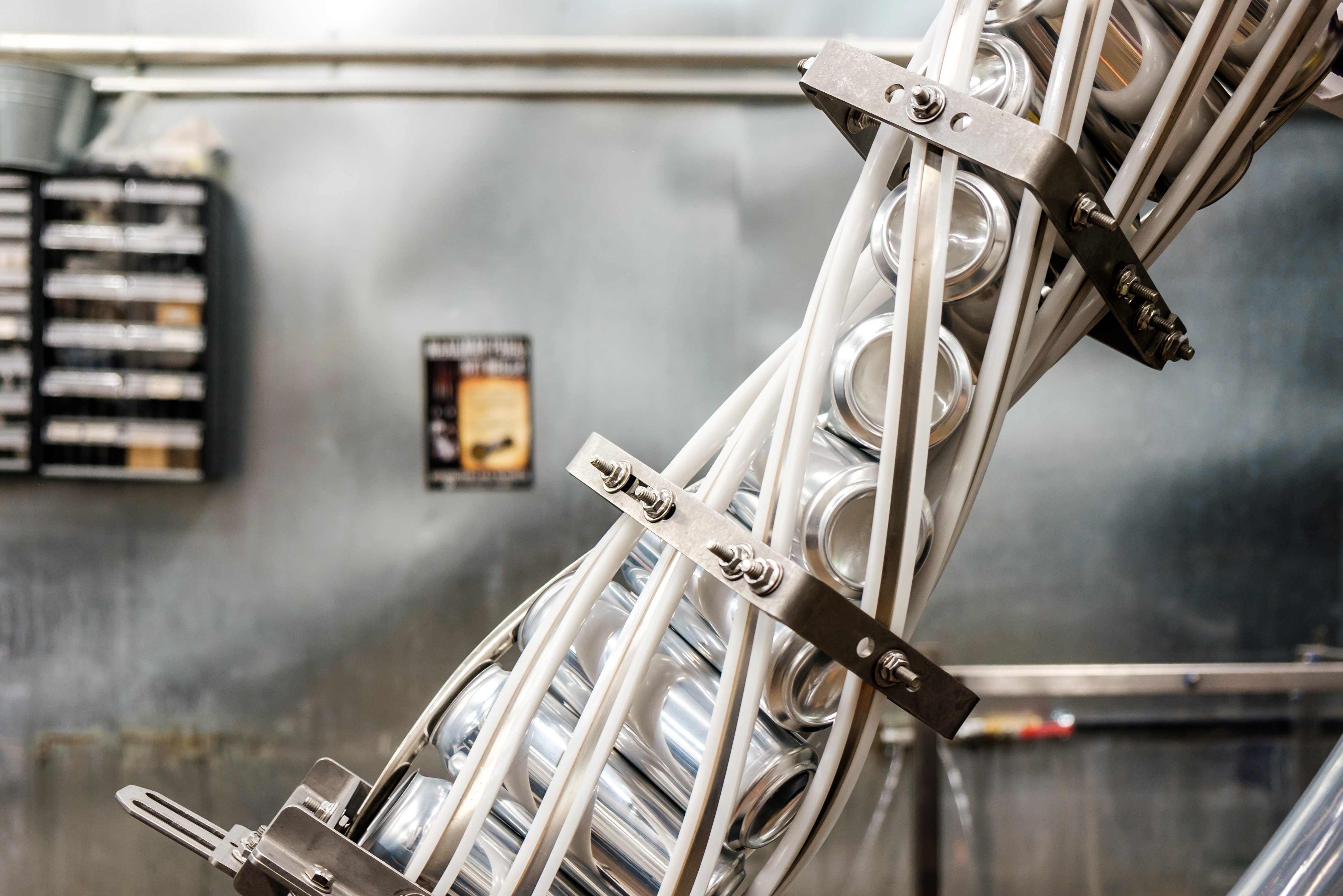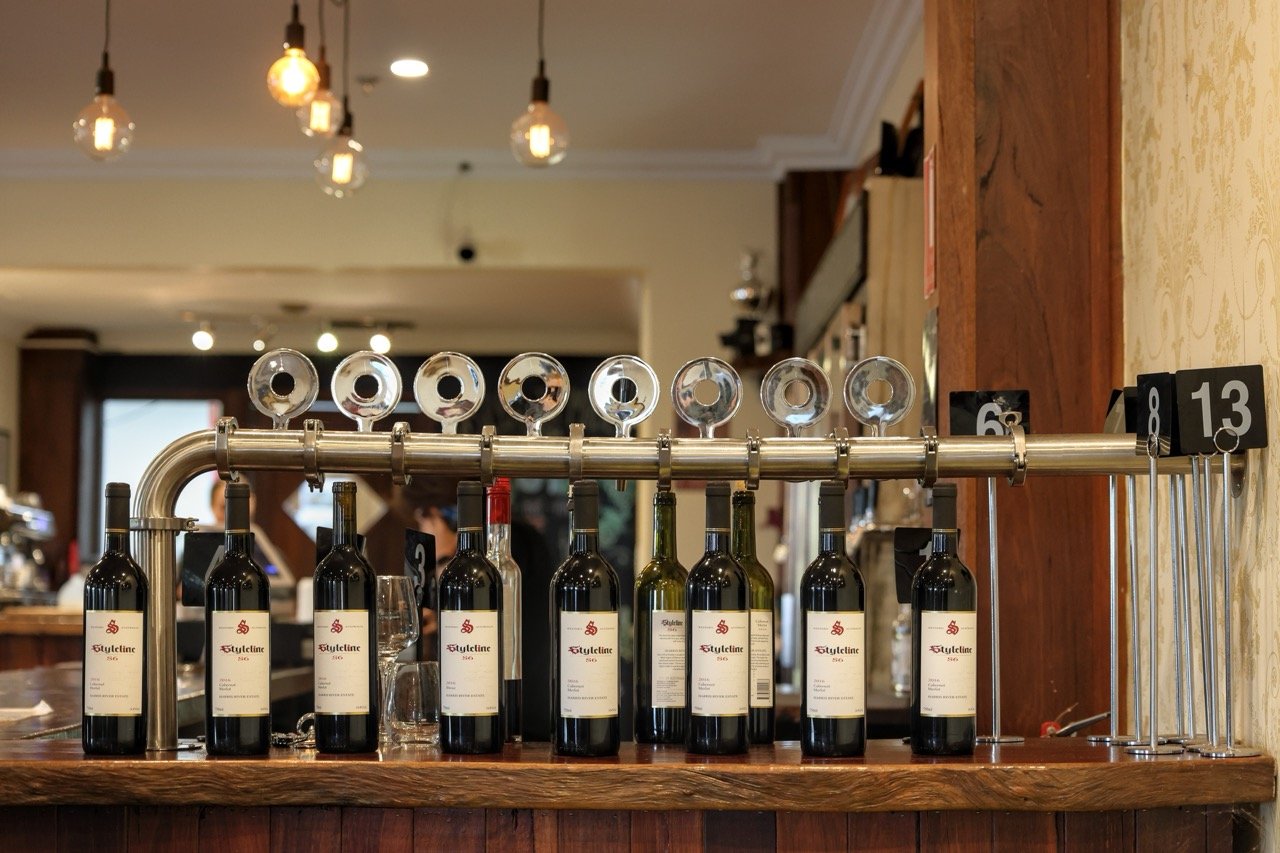Coles reported a $1.05 billion profit on Wednesday morning off the back of $39.4 billion in revenue, up 2 per cent compared to last year.
In Liquor, highlights included an increase of 49 per cent in e-commerce which the company attributed to strong growth in its exclusive liquor brand offering and local sales as well as an expanded range online with the addition of 1400 products. Total sales revenue for liquor was $3.6 billion, up 2.5 per cent on last year.
With Sydney and Melbourne in lockdown last year, the rollout of Click and Collect and on demand delivery were particularly strong for liquor sales. Both services are now available in more than 400 stores. Liquor ecommerce penetration is now 4.5 per cent. Ecommerce supermarket sales grew by 41 per cent.
As at Endeavour, liquor retail sales were particularly strong in the first six months of the financial year but tapered off in the second half as restrictions eased and on-premise opened up.
Liquorland was the highest performing banner with 191 black and white Liquorland renewals now completed and providing consumers with a enhanced range of local wines, craft beer and boutique spirits.
RTD and spirits were the key categories for growth in Liquor.
Coles now operates 933 Liquor stores.
COVID cost the business $240 million in FY22, compared to $130 million in FY21. It was just one of the challenges faced by the group.
Stock availability was an issue in liquor, as it was in grocery, and supplier team members being required to isolate was disruptive. February's floods saw 66 Coles Liquor stores disrupted with seven stores still closed at the end of the year. Most money lost here has been recouped via insurance claims which have now been settled.
Chief Financial Officer, Charlie Elias warned, "Higher prices are starting to impact customer behaviours to make more value oriented approaches."
He said that the group is not immune to challenges but given their owned brands and other strategies, Coles expects to be able to largely mitigate cost pressures and does not foresee a loss in earnings.
Share the content










